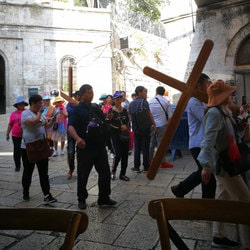
After the Way of the Cross and before his cruxifiction, Jesus is said to have spent some hours guarded by Roman soldiers in a prison (“The Prison of Christ”)in Jerusalem while waiting for the cross to be raised on Golgotha.
A small Greek chapel was built on the site but it was destroyed by a fire that caused a lot of damage.
After several years of renovations, it is again open to the public since the beginning of 2019.
Two highly symbolic holes
Inside the little chapel, one can see through a decorated window, two holes dug into the rock where it is said that Jesus’ feet were tied. According to accounts by pilgrims in the 12th century, the chains and several other objects associated with Christ were in place.
A highly symbolic place, it has a strong spiritual aspect. Inside, one can really feel the agony of his final hours before his cruxifiction. It’s a unique experience, reinforced by the presence of an icon of Jesus with his hands and feet tied.
A holy place for many Christian religions
The “Prison of Christ” is certainly less visited than the tomb and the Church of the Holy Sepulcher but it is none the less an important site for Christians. Under the patronage of the Greek Orthodox Church, the church also hosts the Armenian church every week, which holds processions there. The Catholic Church, represented by the Franciscans, also regularly has celebrations there.
Since the end of January 2019, it is again a “place of prayer and coming together” for both of these religions. Situated in the east of the city, the “Prison of Christ”, overseen by several religious leaders is a good example of peaceful cohabitation.
The Prison of Christ : a more complete pilgrimage
The reopening of the “Prison of Christ” is an addition to the sites to visit in Jerusalem. The city, which is already one of the most important stages on a Christian pilgrimage to Israel, now offers visitors another reason to visit.
On most tours, pilgrims spend on average four days there during which they can walk in the steps of Christ and relive the main moments in his life and cruxifiction through the various emblematic sites. These include the Mount of the Olives, the Old City Walls, the Bethesda pools, the Courthouse, the Wailing Wall, the Church of the Holy Sepulcher etc.
However at this stage, it’s difficult to measure the impact that the reopening of this new site will have on the number of pilgrims. There is a 12 month wait for the complete figures. We must mention that since 2016, the number of group pilgrimages to Israel has greatly increased.
After 390 groups in January 2016 and 529 in January 2017, the Israeli Tourist Board registered a record number of 770 group pilgrimages in January 2018, which is a total of more 26 000 pilgrims both Catholic and Evangelical.

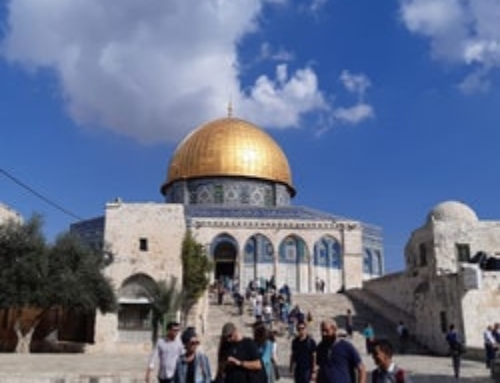
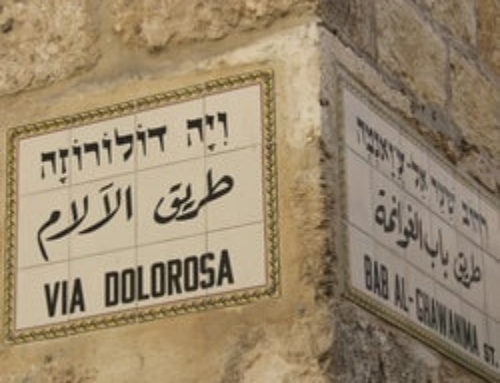
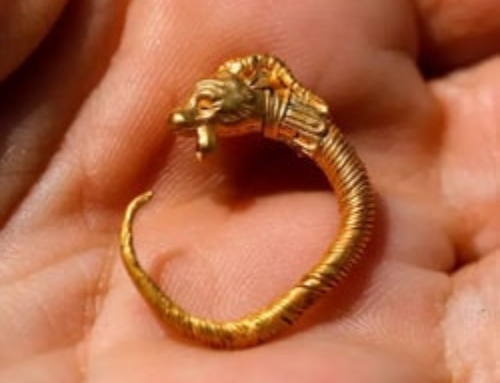
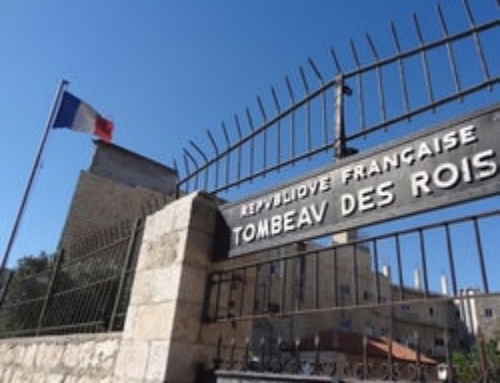
Leave A Comment